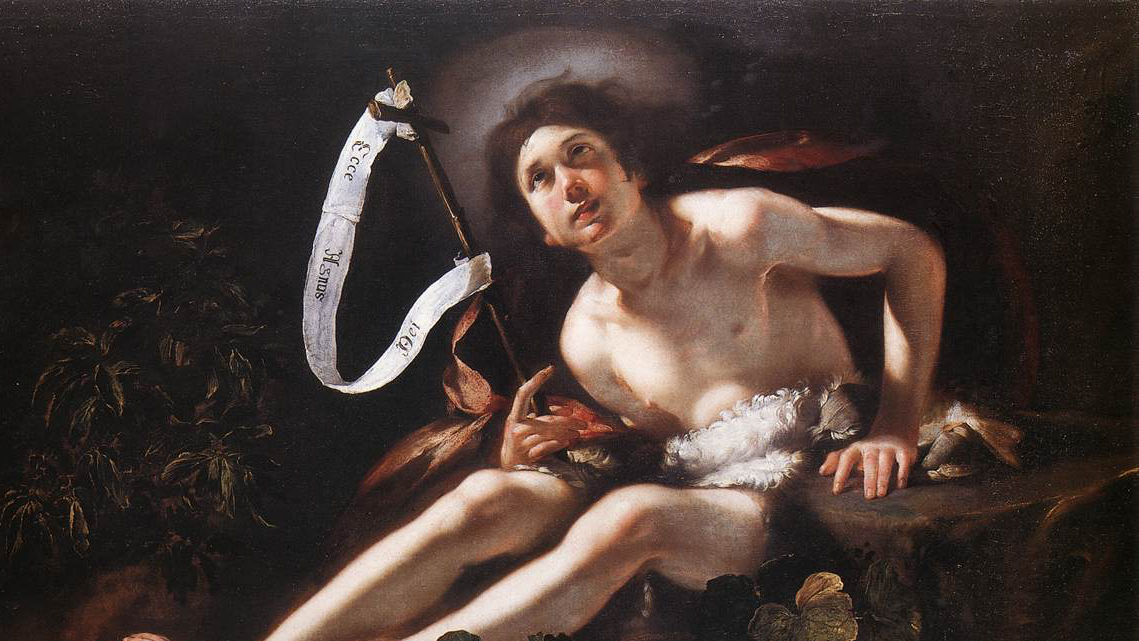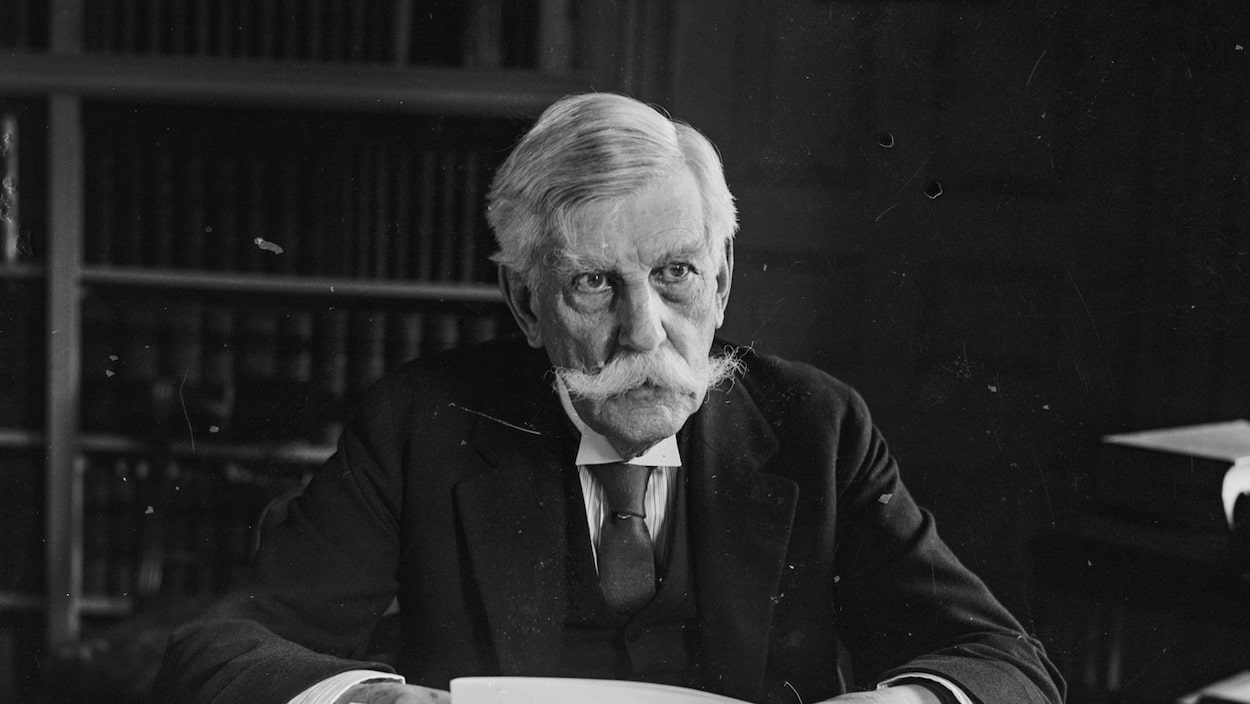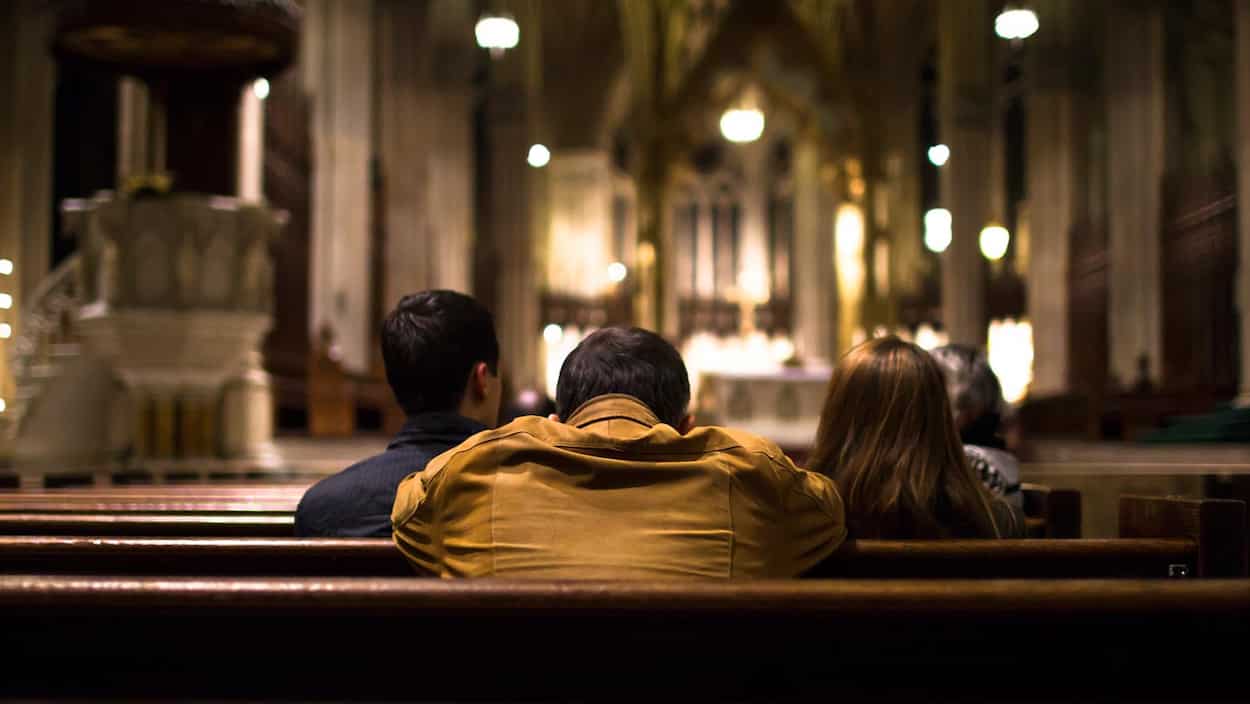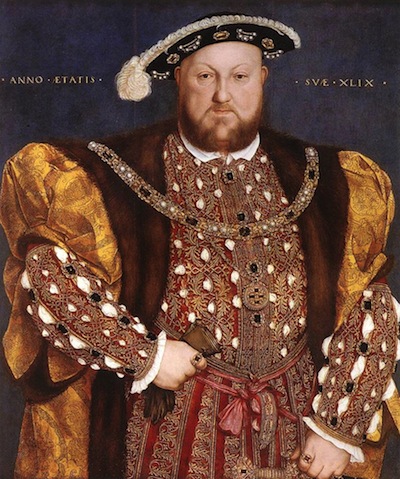This side of heaven, many of us have been given the gift of five senses to encounter the world. If you can’t remember them, they are: touch, smell, taste, hear, and see. For a moment, however, imagine what life would be like if our first four senses no longer worked. Having lost our ability to touch, smell, taste, and hear; out of necessity, we would come to rely upon our sense of sight. To paraphrase a journalist from the early twentieth century, every picture in our life would now be worth a thousand words. With our new reliance upon sight alone, my hunch is that each of us would begin to see colors, shapes, landscapes, and people in ways that we formerly did not.
This analogy may be one way of understanding the Gospel of John (1:29-34): The Lamb of God. On the Feast of the Baptism of the Lord, we encounter the powerful figure of John the Baptist. He raises his arm and points toward Jesus. Without the ability to hear, we wonder what he will say. And then suddenly, our hearing is restored. We hear John’s voice and his powerful proclamation:
“Behold, the Lamb of God, who takes away the sin of the world.”
With these words, John was given the privilege of not just prophesying the coming of Jesus (like the prophets before him), but actually announcing and pointing to the Son of God. Jesus Christ was physically present in their midst. But then, the Baptist provides us with a unique insight regarding how he arrived at this revelation. He testifies that he did not know Him but that “the one who sent me to baptize with water told me, ‘On whomever you see the Spirit come down and remain, he is the one who will baptize with the Holy Spirit.’ Now I have seen and testified that he is the Son of God.”
How did John know that Jesus was the Son of God? In these verses, we are called to understand that John had been provided an invitation by the Holy Spirit to come-and-see in a deeper way. And with his eyes wide open, John accepted. To which the late Paul Harvey might say: “And now, for the rest of the story.” In the instance of John the Baptist, his acceptance of the Holy Spirit so transformed his heart that he could now see Jesus for who he really was: the Lamb of God, who takes away the sin of the world. In a powerful way, the Spirit also provided John with an understanding of his own mission after announcing the Christ and bearing witness to him. Now that Jesus was on the scene, he must decrease.
In reflecting upon how the Spirit revealed himself to John, individually and collectively, we should ask: How has the Spirit revealed himself to us? Have we accepted this invitation to be changed so that we may truly see with our hearts?
In our culture, we could make the case that we have been conditioned and even called “to do something.” And so, we become like Martha and hurriedly rush from task to task. If dinner needs to be prepared for the family, prepare it. If a child is crying, console her. If our neighbor is in need, help him. At face value, all of these are “good” and God does call us to use the gifts that we have been given for others. Furthermore, it is true that in our world things do need to get done. After all, without the trains and boats and planes running on time, we set ourselves up for earthly chaos. But still, I wonder. In our daily busy-ness and constant striving for efficiency, are we missing out on something?
This past week, I pondered my own formation for the permanent diaconate. Each spring, I remembered how excited I would become after the formation team would assign me to a new ministry—almost always in the city. There, I would “do something” for a homeless person, prisoner, or drug addict. Always, something special would transpire. After hours of serving oatmeal, coffee and juice to the homeless, I would sit at a table thinking that I was out of site when a homeless man would walk up to me and ask me if I needed something or would like to talk. Or while ministering to a prisoner, an inmate would suddenly stop me to ask about my family or offer a particular insight. Or when looking into the eyes of a drug addict, it was though God’s eyes were twinkling back at me and projecting some consolation or peace.
These deep insights into our lives offered through loved ones, friends, or even strangers are evidence that God is truly “for us” and “with us.” Cardinal Basil Hume, O.S.B., once remarked:
“There is a gentle breeze if we can but catch it, which blows all the time to help us on our journey through life to our final destination. That breeze is the Holy Spirit. But the wind cannot be caught or used unless the sail is hoisted, and the hoisting is our task. We must be on the watch, ready to recognize it and play our part. God does hold us, and will lead us, if we want it; but we must want it.”
Last Wednesday evening, I was privileged to lead funeral rites for a 98-year-old woman who had passed on Monday. After receiving the call from the parish, to the best of my ability, I spiritually prepared myself to lead family and friends in prayer. During my homily, I pointed out that her passing occurred just one day after the Feast of the Baptism of the Lord. For several minutes, I explored the ways that God had called her to himself and had given her the Holy Spirit (at Baptism and Confirmation) to guide her in this life and into the next. After my homily, I was seated and called upon her son to speak about his mother. Standing next to her casket, he began by mentioning how, each day of her life, his mother always prayed and proclaimed that God had blessed her. He then lovingly told his mother’s story of how she had felt called by God to adopt him and how she chose him out of love. And at that very moment, it felt as though the Holy Spirit was revealing to me an even greater reality. With my eyes closed, I choked back the tears and thought:
Are not each of us God’s adopted sons and daughters? Do we not all pray to one Father? Out of love, has not God called each of us to himself?
At the conclusion of the funeral, I exited the funeral home and, with my vestments floating in the wind, I began the short walk to my car. In the distance, I heard the rustle of keys and realized that someone was approaching me. It was the woman’s son who wanted to thank me. For a moment, we stood in the cold and I remember telling him that his mother is very proud of him and that I am sure that God was, too. Upon reaching my car, I sat for a moment and then proceeded to head home. But not until I thanked the Spirit for allowing me to “see” Jesus.
Inspired by the Holy Spirit, John the Baptist pointed toward Jesus and declared that He was the Lamb of God, who takes away the sin of the world. For ourselves, may we pray that the Holy Spirit continues to pour down his gifts upon us to transform our hearts and increase our spiritual vision. With a greater recognition that Jesus is active in our midst, may we also point others in His direction.







